160 CD / The Welte Mignon Mystery Vol. X. Carlo Zecchi
Description
On this CD in the TACET series "The Welte-Mignon Mystery", Carlo Zecchi, who was twenty-two at the time and a pupil of Ferruccio Busoni and Artur Schnabel, appears in a totally new light, thanks both to his repertoire - which by the standards of the time was rather risqué - and his brilliant playing technique.
2 reviews for 160 CD / The Welte Mignon Mystery Vol. X. Carlo Zecchi
You must be logged in to post a review.

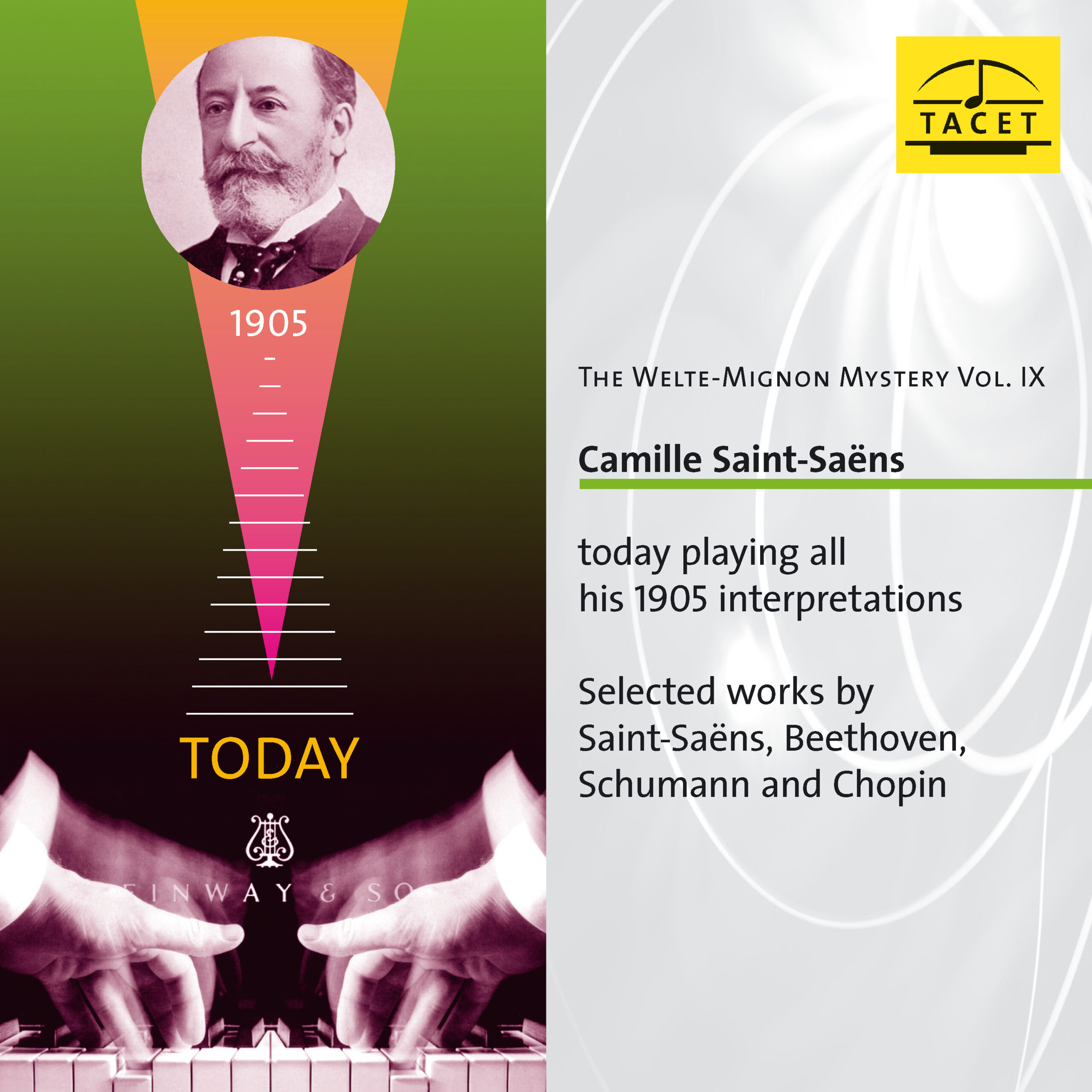
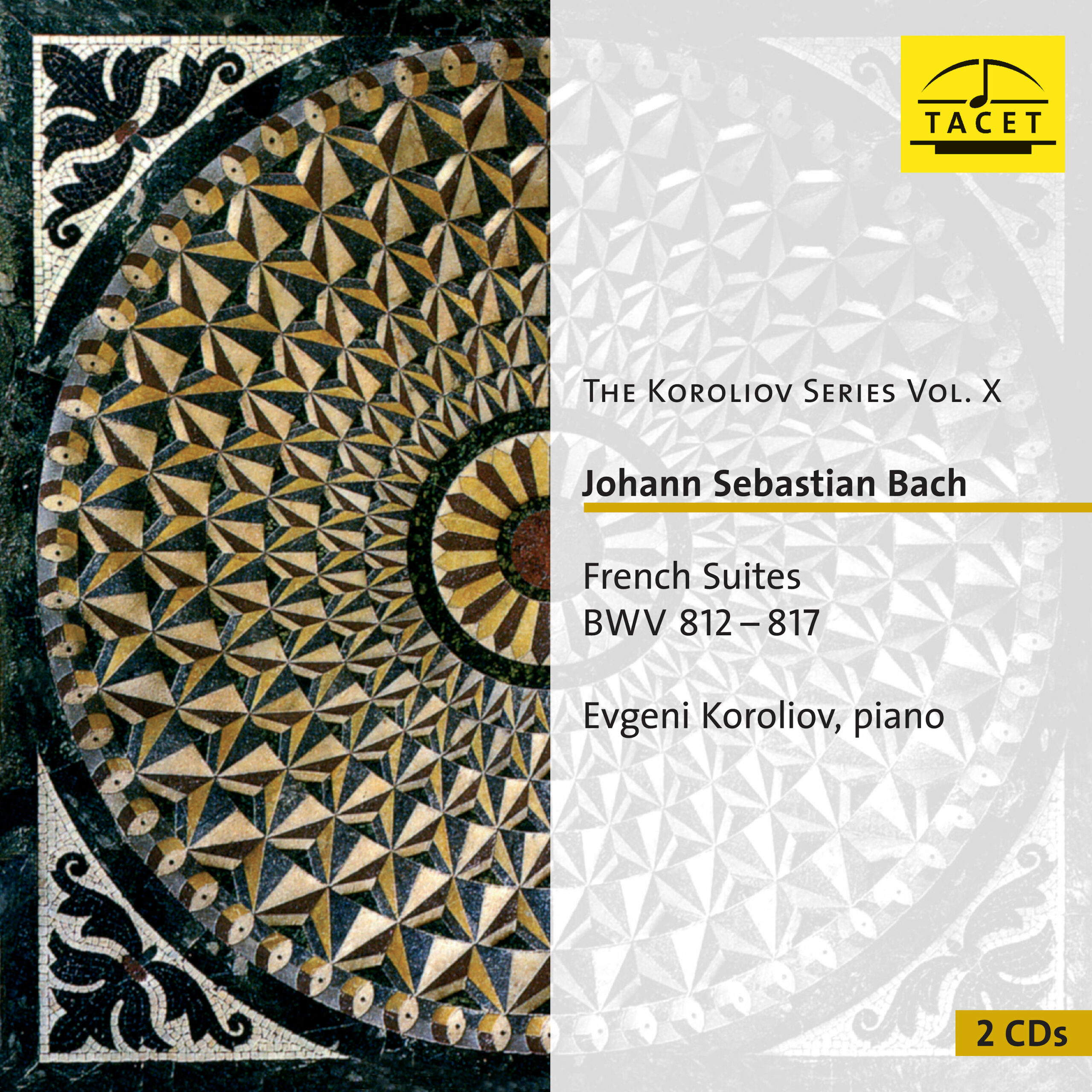
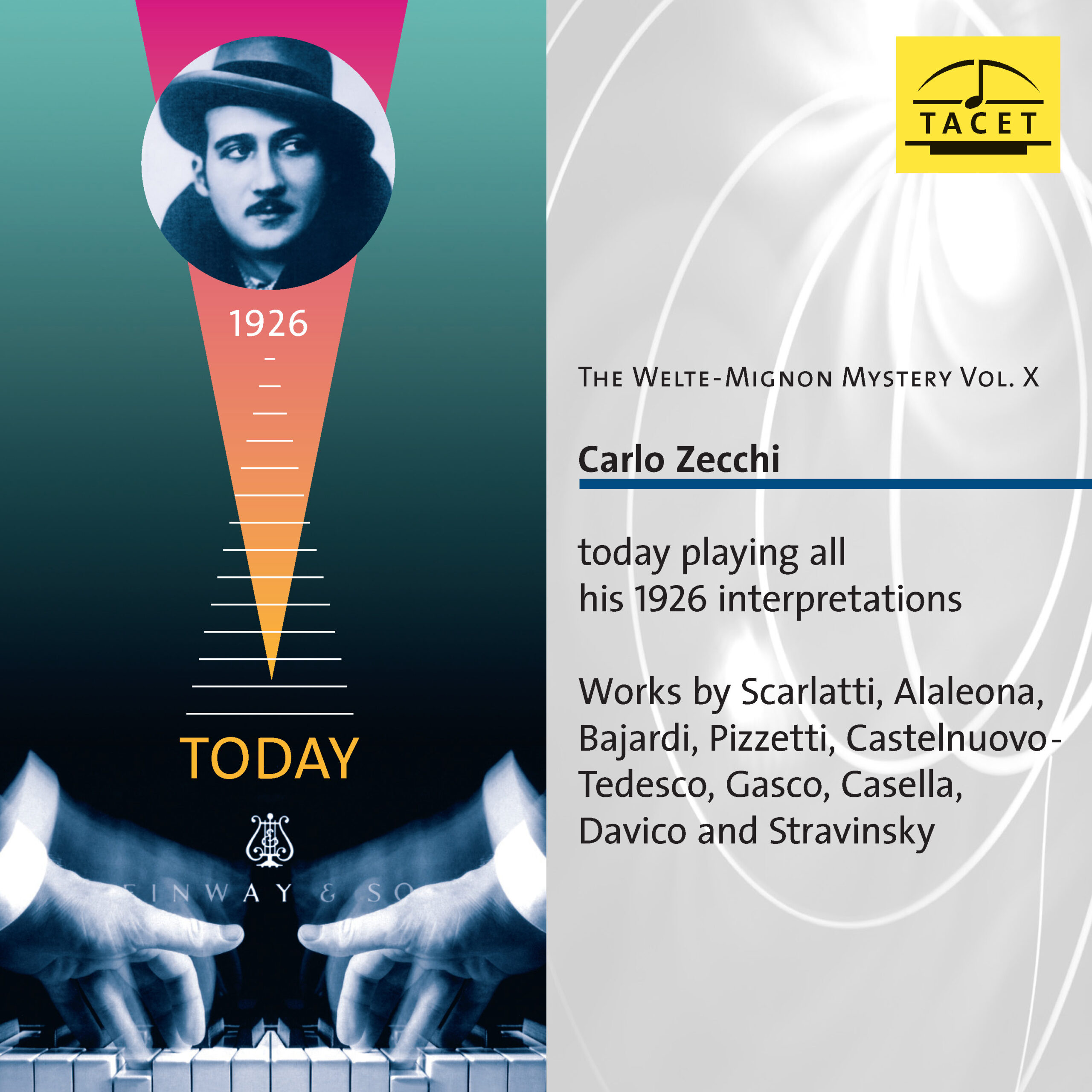


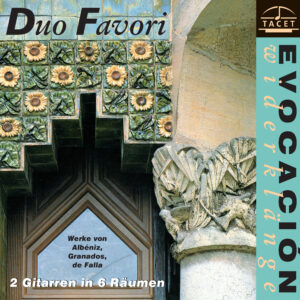
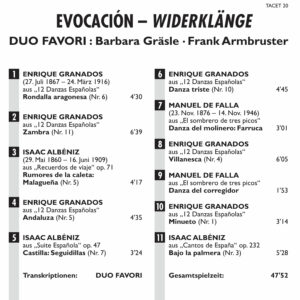
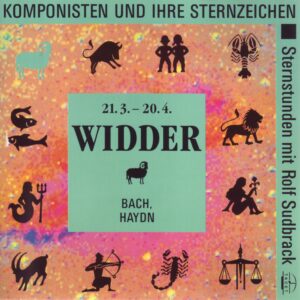
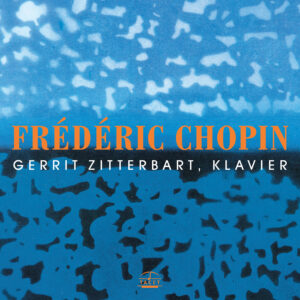
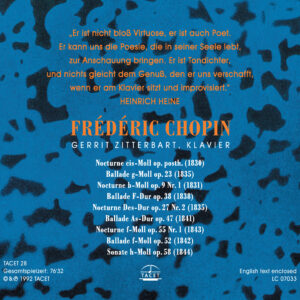
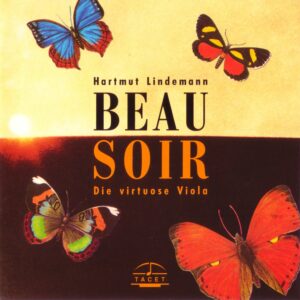
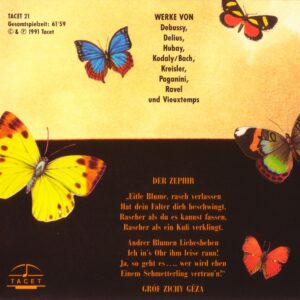
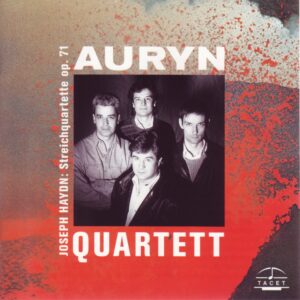


Pianiste –
THE LESSONS OF THE PAST
The Magic of the Welte-Mignon
Debussy, Ravel, Mahler, Einecke, Grieg, Granados… spielen ihre Werke.
Would you like to hear Ravel, Debussy, Strauss, Saint-Saëns, and Reger playing their own works on a modern piano? And how about a "perfect" restoration of the interpretations by the early Horowitz, Fischer, Lhévinne, and Schnabel? The German label Tacet offers an anthology of rolls recorded by the Welte-Mignon system. The system is simple, but the process of reproduction is particularly complex! In fact, the pieces played by the composers themselves were digitized from the device invented in 1904 by the company Welte & Sons of Freiburg. The perforated rolls of the time captured the touch, pedal play, and the finest nuances. Today, all that is needed is to transfer these recordings onto a concert piano.
It is therefore a real shock to hear, in optimal listening comfort, Debussy’s Children's Corner and some Préludes, as well as Ravel’s Sonatine and Valses nobles et sentimentales, all played by the composers themselves. What lessons can we take away from this? First, the astonishing freedom with which these two geniuses approach their scores! It is also true that Ravel’s playing is not always flawless… But if we look beyond the purely technical aspect, we notice the extreme finesse and personalization of their touches. The dynamics are generally soft, with the fingers seeming to merely caress the keyboard. No brutality whatsoever. The clarity and gentleness are astounding. Other examples are equally striking, such as the two volumes dedicated to Brahms’ works interpreted by Nikisch, Lhévinne, Samaroff, Ney, or Chopin’s Etudes played by Pachmann and Paderewski…
The virtuosity of these pianists is staggering, but even more surprising is the passion, the commitment, and sometimes even the coquettishness, the occasional unnecessary ornamentations that some perform almost as if they were tics. From all these master lessons, we learn that the strongest personalities only flourish after a visceral and profound understanding of the works. Schnabel in the waltzes of Josef Strauss and Josef Lanner (who would dare play this today?), Horowitz in 1926 in some Rachmaninoff Preludes, speak to us. Where does the charisma and charm of their interpretations come from? A mystery.
Every year, Tacet releases three or four new CDs from the Welte-Mignon archives. Worth collecting.
S. F.
_________________________________________________
Original Review in French language
LES LEÇONS DU PASSÉ
La magie des Welte-Mignon
Debussy, Ravel, Mahler, Einecke, Grieg, Granados… jouent leurs œuvres.
Vous aimeriez entendre Ravel, Debussy, Strauss, Saint-Saëns, Reger jouant sur un piano d’aujourd’hui leurs propres Oeuvres? Et que diriez-vous aussi d’une restitution « parfaite » des interprétations des premiers Horowitz, Fischer, Lhévinne et autres Schnabel? Le label allemand Tacet propose une anthologie des rouleaux gravés par le procédé Welte-Mignon. Le système est simple, mais le procédé de restitution particulièrement complexe! En effet, les pièces jouées par les compositeurs eux-mêmes ont été numérisées à partir de l’appareil inventé en 1904 par la firme Welte & Fils de Fribourg. Les rouleaux perforés de l’époque ont capté le toucher, le jeu des pédales et les nuances les plus fines. Il suffit aujour¬d’hui de transférer ces témoignages sur un piano de concert.
C’est donc un véritable choc que d’entendre dans un confort d’écoute optimal les Children’s Corner et quelques Préludes par Debussy, mais aussi la Sonatine, les Valses nobles et sentimentales de Ravel sous les doigts des compositeurs. Quelles leçons en retirons-nous? D’abord, l’étonnante liberté de ces deux génies vis-à-vis de leurs partitions! Il est vrai aussi que le jeu de Ravel n’est pas d’une justesse infaillible… Mais si l’on dépasse l’aspect purement technique, on s’aperçoit de l’extrême finesse et de la personnalisation des touchers. Les dynamiques sont généralement faibles, les doigts semblent effleurer le clavier. Sans aucune brutalité. La clarté et la douceur sont stupéfiantes. D’autres exemples sont frappants comme ces deux volumes consacrés à des œuvres de Brahms interprétées par Nikisch, Lhévinne, Samaroff, Ney ou bien les Études de Chopin par Pachmann et Paderewski…
La virtuosité des pianistes est stupéfiante, mais on est plus surpris encore par la fougue, l’engagement, parfois même les coquetteries, les ornementations intempestives que certains provoquent comme des tics. De toutes ces leçons de maîtres, on retient que les personnalités les plus fortes ne s’épanouissent qu’après une compréhension viscérale et profonde des œuvres. Schnabel dans les Valses de Josef Strauss et de Josef Lanner (qui oserait jouer cela aujourd’hui ?), Horowitz en 1926 dans quelques Préludes de Rachmaninov nous interpellent. D’où proviennent le charisme et le charme insensés de leurs lectures? Mystère.
Chaque année, Tacet publie trois ou quatre nouveaux CD des archives Welte-Mignon. À thésauriser.
S. F.
Audiophile Audition –
As I’ve stressed in reviews of previous entries in this Tacet series, these are recordings which were made in the early part of the last century, but the actual performances just happened recently off the original hi-tech piano rolls and were recorded digitally in stereo using a modern Steinway Model D. The Welte-Mignon system - invented in 1904 - was way ahead of all the other piano roll processes and promised a closer realization of the various pianists’ recordings than any other - certainly better than 78 rpm shellacs allowed until at least the 1930s. There have been many reissues of some of these specialized piano rolls - which include rolls cut by such as Granados, Reger, Saint-Saens and Dohnanyi themselves - but none on CD have equaled the convincing sound of these Tacet releases.
Telarc issued a couple of excellent Rachmaninoff piano rolls which were reprocessed via computer for performance on a Yamaha Disklavier reproducing piano, but for these Tacet releases one of the actual original Vorsetzer gadgets - which has 88 fingers and rolls up to any grand piano to play back the rolls - was employed after much tuning, modification and maintenance on the mechanism by an expert in the Welte-Mignon system. The results are quite amazing. About the only subtle interpretation aspect which the Welte couldn’t communicate was differing volume levels of notes within a chord, but that would be very difficult to identify. There is much less of the mechanical rhythm of typical piano rolls with these Welte reissues than any I have heard previously.
An unusual aspect of this CD is the up-to-date nature of Zecchi’s repertory. Some of the Welte rolls are of selections which were popular at the time but considered out of favor parlor piano fodder today. Zecchi was only 22 at the time, a pupil of both Busoni and Arthur Schnabel, and for the period his selections would even be considered a bit risqué. Wanda Landowska was just beginning to perform the harpsichord sonatas of Domenico Scarlatti and Zecchi bravely recorded his piano versions of two of them to start the program. Remember this was way in advance of Ralph Kirkpatrick’s Scarlatti editions. The whole program is terrific, but the other big item - in its 16 minute length too - is one of the first performances of Stravinsky’s piano transcription of three sections from his Petrouchka ballet. Zecchi plays it with just as much flair and Stravinskian preciseness as one would hear in a modern piano performance.
The other short works are mostly forgotten today but all seven of them are enjoyable listening and show why this bold young pianist was getting attention in Europe and the invitation to record for the Welte company. This would be a highly recommended introduction for anyone to the unique Welte piano rolls.
John Sunier